The content of the article
Orchids ... Beautiful butterflies of flowers almost all year round delight the owners. Plants are not capricious, do not require extraordinary care. And they signal their dissatisfaction with a change in pigmentation.
Today we understand why the leaves turn yellow in orchids. What to do? - also tell. In general, there are many reasons. Let us consider in detail, maybe our advice will help you.
The only thing we will not describe here is the natural yellowing of the leaves of orchids. After all, aging is also inherent in plants.
Sunburn
Many people think that if orchids love light, then they need to be put under direct sunlight. Meanwhile, plants come from tropical rain forests. Although they grow on trees, they do not dangle on the tops of the bright sun. Orchids are used to an abundance of diffused light.
Signs. First a brown spot appears on the sheet, then the plate turns yellow precisely from this spot. It is dry, light shade. Appears most often in the center.
What to do? The most common mistake of many gardeners is the urgent removal of the entire leaf plate to the point of growth. But it still has a lot of nutrients that would serve as an orchid. Moreover, for the plant itself there is no danger in such a yellow leaflet. Therefore, it can be safely left until the most complete drying.
If you are aesthetically jarred by the presence of a yellow leaf on a plant, you can carefully cut it, grabbing about 0.5 cm of the healthy part.
How to avoid sunburn if the orchid loves a lot of light? Owners of special fitolamps do not ask such a question. They simply set pots with flowers under this miracle of technology. There is plenty of light, direct sunlight does not encroach upon the tender leaves of the Tropican.
But not every house has such units. We have to keep orchids on the brightest windowsill. Naturally, this is the southern and western direction. How to protect the flower from the scorching day light? Everything is very simple. Need pritenyat plant.This can be done with the help of any light curtains of light cotton fabric. Tight tulle or thin white paper also perfectly cope with the task. There will be a lot of light, but direct sunlight will not burn the leaves.
Lack of light
Another extreme, which also provokes the yellowing of leaves in orchids. Fearing sunburn or lack of space, some owners have a pot in the back of the room, on the north window, on the bedside table. But for the normal growth of the flower light is vital!
Signs. The base of the leaves and the adjacent part of the stem turn yellow. No stains, spots or damage.
What to do? Add lighting. Move the pot closer to the window, buy additional special lamps. Just do not throw the orchid directly into the sun, it may die.
Yellow leaves do not touch. If the damage is minimal, they will gradually restore their normal color. If strong, then they will dry up over time, and you will easily remove them.
The danger of this reason for yellowing is that the orchid does not respond to the lack of lighting at the same time.She can show her dissatisfaction in half a year and in a year. Therefore, always carefully examine your Tropican and assess its condition.
Wrong watering
In the open spaces of the network there are accurate recommendations, when, how and how much to water the orchids. Inexperienced growers strictly follow the advice. As a result, the roots choke from oversaturation, and the leaves begin to turn yellow from the abundance of moisture. How remotely can you tell exactly how much liquid a plant needs? After all, you can not see the conditions, condition and age of the orchid.
Signs. At first, the sheet turns yellow evenly over the entire surface. Then a wet spot of dark brown shade appears in the center, sometimes almost black.
What to do? Properly watered. Do not pour water on top. The substrate for orchids consists mainly of bark. The liquid will slip down, drain through the drainage holes, and the roots will not get anything.
The plant is watered only by immersion. In this case, the pot can not immediately be dipped into the water by the hanger. Dry bark will float to the surface, and the flower at best will roll on its side. At worst, it will break. Proper watering orchids:
- A pot with a plant put in a large container.
- Pour water up to a third of the height, leave for a few minutes.
- Fill up the liquid now to a height of two-thirds, again left for a while.
- Pour water into a large container almost to the brim of the flowerpot.
- Wait a few minutes.
- The pot is removed and left on a stand to drain excess liquid.
- The total time spent in water should be equal to the minutes of its runoff.
Watering orchids in this way, you will know for sure that the substrate is well soaked, and now there is enough moisture for a decent time.
By the way, how often to water the plants? There can not be an exact schedule. You will have to be guided by the state of the soil. Just do not evaluate the top layer, it dries quickly enough. You will need a simple wooden stick without bark and colorful coating. For example, for sushi or skewer. You need to stick it in the pot to the bottom. Then, after 12 minutes, pull out and see. Wet? So, do not touch the orchid. Dry? Well, it's time to water.
Another method for determining the time of drinking is visual. It is suitable only for transparent containers. The lack of condensation and light roots indicate that it is time to water the orchid.The greenish color of the roots and droplets on the inner walls say that you can wait with moisture. The dark root system hints that it is urgent to save the plant.
Root decay
Orchid leaves may turn yellow from the fact that they began to rot the roots. This is due to excessive waterlogging or cool conditions. The plant requires food, and the roots are no longer functioning. The outflow of nutrients from the leaflets begins.
Signs. Lower leaves yellow. Orchid roots become soft, dark in color. The plant is too loose in the pot.
What to do? Immediately save a flower! First you need to carefully remove it from the pot. Then shake off all the old substrate. Damaged roots are cut with sterile scissors or a blade to healthy tissue. The wounds are burned with ordinary medical green paint or powdered with crushed activated charcoal. Soil must be changed to a new one.
Yellow leaves do not touch until they are completely dry. And then try not to flood the plant.
Excessive dry air
Do not forget that orchids come from tropical rain forests. There, the air is almost wet, but at the same time very warm. And in the room on the windowsill of the radiators the air is hot and dry.
Signs. Leaf plate evenly yellow. The tips dry up, a dried border may appear on the edge of the leaf.
What to do? Humidify the air. Orchids are very grateful for regular spraying. Make a rule for yourself: put an atomizer next to a pot or in a prominent place. This will allow you to not forget about such an important procedure.
If you do not have time to do the spraying, then:
- cover the batteries with a wet towel
- place additional water containers next to the plant
- lay wet sphagnum or expanded clay on a pallet next to it
- in the room, turn on the humidifier (if available)
Use any opportunity to help orchids. Otherwise, they will lose the leaves, and over time the entire plant will wither.
Incorrect feeding
This category includes both nutrient deficiencies and excess nutrients. In natural conditions, orchids grow where? That's right, in the trees.They cling to the roots of cracks in the bark. In the same place some quantity of the vegetable remains accumulates. Over time, all this stuff turns into fat compost. Its a bit, but it is constantly updated.
And what do inexperienced growers often do? Either they feed the orchid 2 times a year, or every week handfuls of mineral water bang by handfuls. In both cases, the foliage turns yellow 100%. The plant simply does not understand where "regularly and little by little"?
Signs. Sharp blanching of the leaves, then rapid yellowing and drying.
What to do? First decide, it happened from perekormki or starvation. Then they act in accordance with the situation.
A lot of fertilizer. Urgently transplant the plant in a new substrate. If this is not possible, then you will have to rinse the old one under the tap. The pressure should not be very strong, but it will take at least 15 minutes.
Fertilizer is not enough. Regularly fed tropican special mineral water. On the package it should be written "for orchids". About once every 14-16 days treat the plant with a dose reduced by 2 times. After 3 months, the serving size can be gradually adjusted to normal.
Diseases
Very often, due to improper care or poor maintenance conditions, orchids are affected by various diseases. In this case, the yellowing of leaves happens necessarily.
Signs. The leaves curl around the edges. Orchid itself becomes indistinct gray-yellow hue. Violet or black weeping ulcers appear on the shoulders. The stem rots.
What to do? At the first signs of the disease you need to cut all the damaged parts of the stem with a sterile blade. Please note that the disease can affect the root system. She, too, must be carefully examined. Affected leaves are also cut. All wounds are treated with an alcohol solution of Zelenka or iodine.
Then they take any fungicide (the owner of orchids always has it in stock), carefully read the instructions and use them for their intended purpose. At the same time, strictly adhere to the recommendations of manufacturers.
Adult orchids are sprayed, young can be immersed in the solution of the fungicide as a whole. This will simultaneously disinfect the soil.
Pests
With pleasure they drink juice from the leaves, as a result, they turn yellow and dry.
Signs. View the orchids.Already uninvited guests will find. Especially on the underside of yellowed leaves.
What to do? Leave already all these grandmothers tricks with brewing onion peel and their ilk. After all, you don’t have to bring orchids then. So help them with the normal methods of a civilized society. Go to the store for insecticide. Not sure which one to choose? Check with the seller or read the packaging.
Then return home with your purchase and urgently save the orchids by spraying on the recommendation of the manufacturer. Otherwise, while you sour your cleaning or husk, the insects will completely destroy the plant.
Now you know why orchid leaves turn yellow. What to do? - we told you. And now leave alone a laptop or computer, and go already to your beauties. After all, they are trying so hard to please you with charming flowers. Help them with this.
Video: how to cut the leaves of an orchid

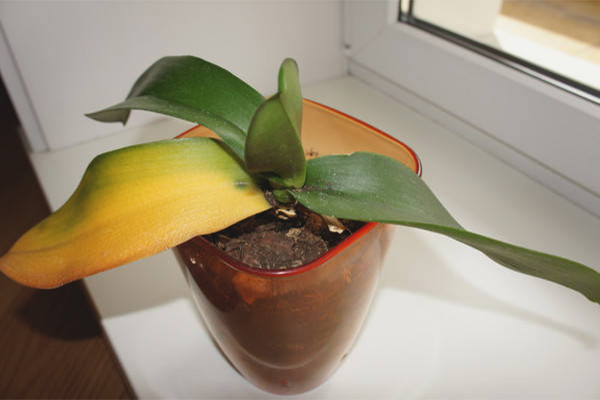
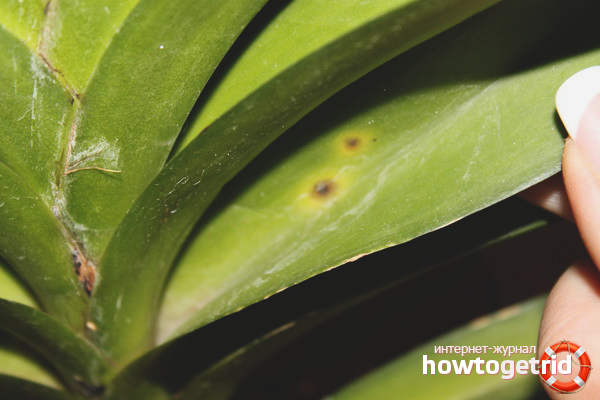
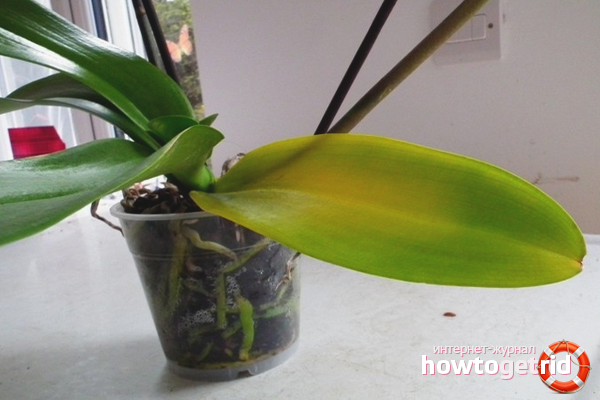
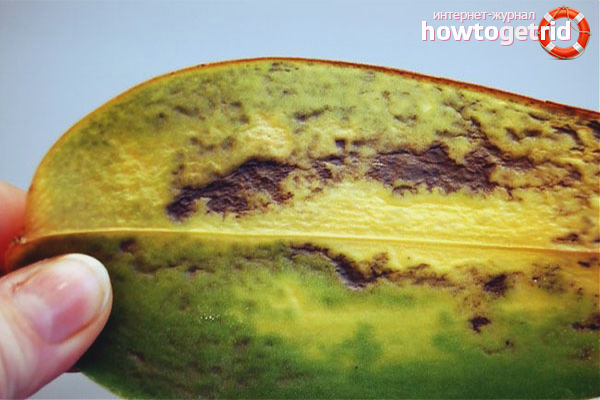

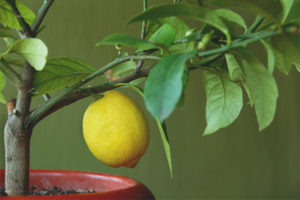
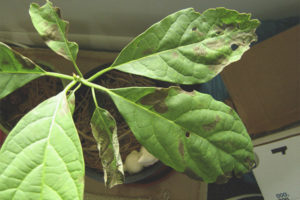


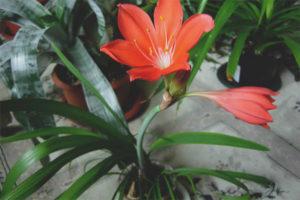


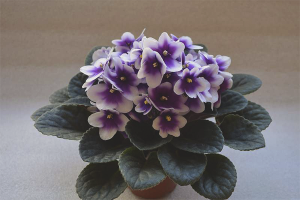
To send